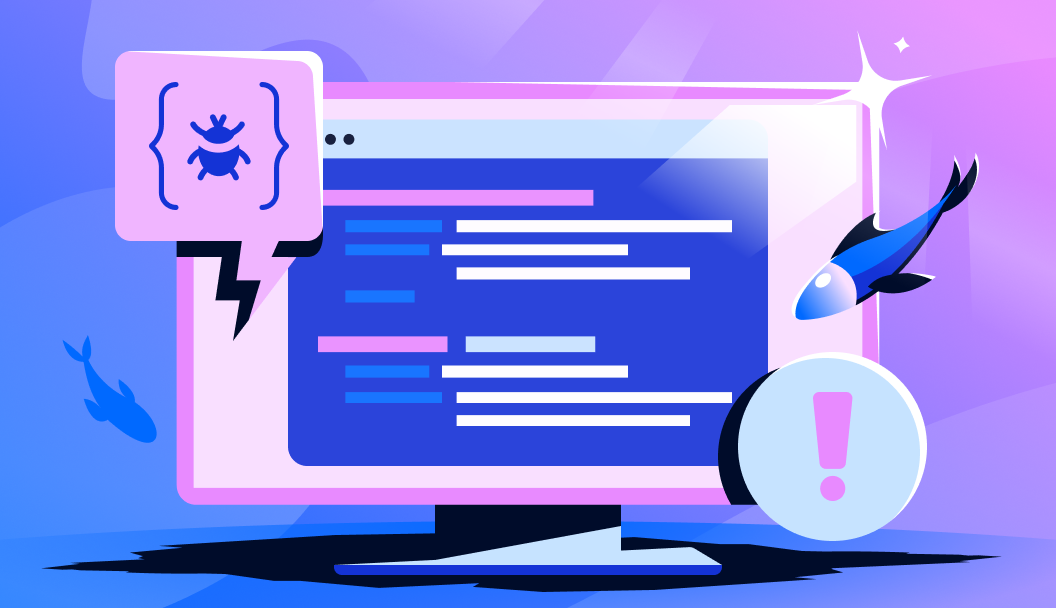Understanding the complexity of deploying applications in today’s digital landscape is crucial for technical enthusiasts and professionals alike. Containers, a cornerstone of modern application deployment, have become indispensable whether you are working with cloud environments or on-premises servers. This article aims to demystify the intricacies involved in pushing and pulling container images from registries, focusing on the tools and processes that make this possible.
The Role of Containers in Modern Computing
Containers have revolutionized how we package and deploy applications by encapsulating code, dependencies, and runtime environment into a single, portable unit. This approach ensures consistent behavior across different computing environments, a principle often summarized by the phrase "build once, run anywhere."
The process typically involves writing a Dockerfile, executing a Docker build command to create an image, and then pushing this image to a registry. Conversely, pulling an image involves using a command-line interface (CLI) tool to fetch the image from the registry and run it as a container. But what happens behind the scenes during this push and pull process? Let’s delve into the mechanisms at play.
Setting Up a Linux Virtual Machine (Optional)
For this demonstration, we utilized an Ubuntu 24.04 AMD64 DigitalOcean Droplet. While using a Linux virtual machine (VM) is optional, as similar setups can be configured on Windows or macOS, it provides a robust environment for exploring container technologies. Instructions for creating such a droplet can be found in the DigitalOcean documentation.
If you are working within a DigitalOcean Managed Kubernetes cluster, a debug pod can be used on any node to facilitate testing. This involves executing a command to initiate a debug pod and setting up an alias for nerdctl, a tool we’ll use to explore image internals.
Installing Docker/Containerd and Nerdctl
To get started, Docker and containerd must be installed. Detailed installation steps are available on Docker’s official website. For our purposes, installing containerd alone suffices, as nerdctl will serve as our primary image client. Nerdctl, a CLI for container management, can be downloaded from its GitHub release page. We used version 1.7.6, but ensure you choose the version that best suits your needs.
Utilizing DigitalOcean Container Registry
DigitalOcean’s Container Registry offers a seamless way to manage container images. If you don’t already have a registry, you can easily create one following the steps outlined in DigitalOcean’s quickstart guide. This registry allows you to push and pull images, facilitating smooth image management.
Before exploring how images are transferred between clients and registries, it’s vital to understand what constitutes a container image. By pulling an image using nerdctl, we can examine its components: index, manifest, config, and layers.
Understanding the Image Components
When an image is pulled from a registry, several components are fetched:
- Index: This JSON file outlines the manifest digests for each platform. It is the first component fetched and details the different image contents available for various platforms like linux/amd64 or linux/arm64.
- Manifests: These JSON files specify the image’s layers and configuration. They provide the blueprint for the image components, detailing the sequence in which they should be assembled.
- Config: This JSON file describes how the image should be run, including directives from the Dockerfile like CMD and ENTRYPOINT.
- Layers: These are compressed filesystems that contain the binaries and dependencies needed for the image. During runtime, these layers are combined to create the container’s filesystem.
Decoding the Pull Process
Pulling an image involves several steps:
- The client first attempts to retrieve the manifest digest using a HEAD request. If unauthorized, the registry responds with a 401 status, providing information on obtaining the necessary token.
- The client then authenticates with the token server using credentials stored during the login process. If successful, a token is returned, allowing the client to fetch the index digest.
- This token is reused for subsequent HTTPS requests to retrieve manifests, configs, and layers.
Using the –debug flag with nerdctl reveals the detailed HTTPS calls made during this process, offering insights into the communication between clients and registries.
Pushing Images to a Registry
Pushing an image involves uploading its components in reverse order compared to pulling:
- Layers and Config: These are uploaded first. The client checks if a layer exists and, if not, initiates an upload. This can be done in two ways:
- Monolithic Upload: The entire layer is uploaded in a single HTTPS request. A series of calls are made to initiate and complete this upload.
- Chunked Upload: Layers are divided into smaller parts, each sent in separate PATCH requests. This method is beneficial for large layers and ensures data integrity by sending smaller, manageable chunks.
- Manifest and Index: Once the layers and config are uploaded, the manifest is pushed, referencing these components in its JSON structure. Finally, if applicable, the index is uploaded to complete the process.
Conclusion
Containers have significantly enhanced the "Build once, run everywhere" paradigm, becoming essential in both production and development environments. While the concept of containers simplifies application deployment, the underlying processes and components are complex. Understanding how images are constructed, transferred, and authenticated between clients and registries is crucial for anyone working with container technologies. By exploring tools like nerdctl and platforms like DigitalOcean’s Container Registry, we gain valuable insights into the intricate mechanisms that empower the flexible, scalable, and consistent application deployments we rely on today.
For more detailed information on container management and registry interactions, you can refer to the official documentation and resources provided by DigitalOcean and other industry leaders.
For more Information, Refer to this article.

































